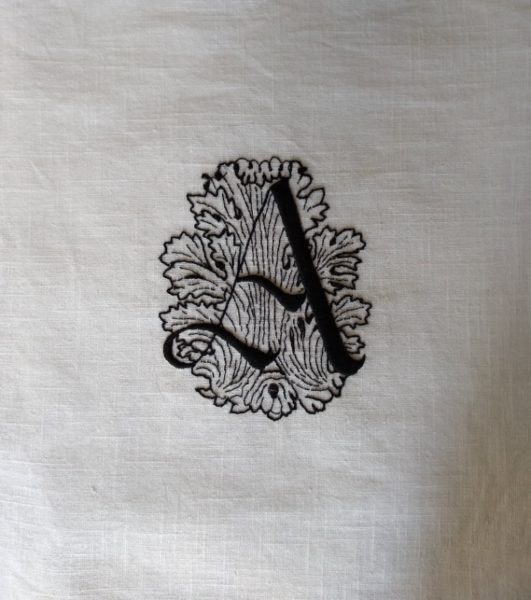
A Northwick Alphabet: A for Acanthus (hand embroidered by Mary Addison)
John Rushout spent nearly 10 years on a protracted Grand Tour, returning home for his father’s death in 1800 when he succeeded to the titles of 6th Baronet Rushout of Milnst and 2nd Baron Northwick (1770-18590. He then spent the rest of his life building up one of the most important art collections in England- Europe even – and built galleries to match. Just like so many young men fortunate enough to have been on the C18th version of the gap year (or 10 years in Lord Northwick’s case!) he came back with a passion for neoclassical classicism (I may have just made that up but I mean neoclassicism that’s a bit more based on documented classical models than the more obviously decorative neoclassicism of say, the Adams brothers.)
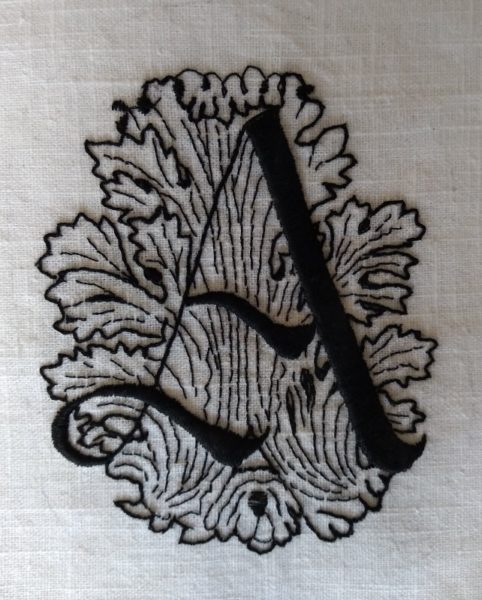
A Northwick Alphabet: A for Acanthus (hand embroidered by Mary Addison)
In 1832 he built a gallery for his collection at Northwick Park, near Moreton-in-Marsh, Gloucestershire, while also filling his London house in Connaught Place, London, with paintings. Finding he needed more space for his various collections, in 1838 he bought Thirlestaine House in Cheltenham and sold his London house. Thirlestaine House too he enlarged considerably with the addition of one large picture gallery and many smaller ones. At both Northwick Park and at Thirlestaine House there are acanthus leaf mouldings, and plaster cornices, though these are probably stock mouldings found in grand and even not so grand houses across England; they may also predate our Lord Northwick’s building activity but he kept them when he might have replaced them with something else.
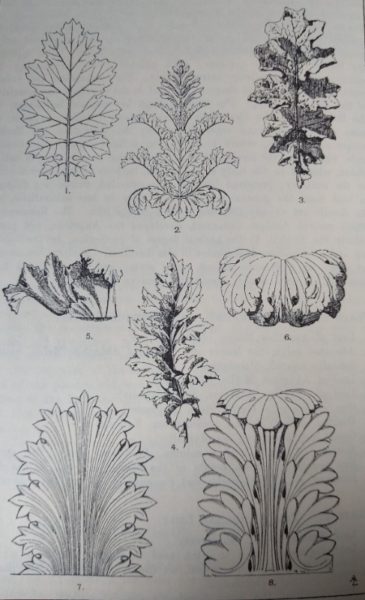
Plate 21 (Handbook of Ornament by Franz Sales Meyer 1888; Dover Publications)
Plate 21: The Akanthos and Artificial LeafAkanthus mollis
1,2,3, Akanthos Mollis; 4. Akanthus Spinosus; 5. Greek stele; 6. Roman candelabrum, Vatican; 7. Greek; 8. Roman, capital of a column from the Pantheon in Rome.
But then again, the Acanthus Leaf motif has a great pedigree and of all the decorative devices deriving from plants, it is the most popular, probably in no small measure because it has never been burdened with any symbolic importance, but has relied upon the sheer exuberance and ornamental possibility of those impressive leaves. It used to be considered a plant of southern Europe but for decades now it has flourished in British gardens too. In fact Daughter No 1 planted it almost 10 years ago now and already it is dominating other plants in the same bed. When I first saw acanthus growing, it wasn’t the leaves that attracted my attention but the exceptionally large snapdragon-like flowers. I had assumed – as I had never seem acanthus flowers depicted in stone – that if there were flowers, they were probably little and inconsequential and thus not worth depicting – now I know otherwise.
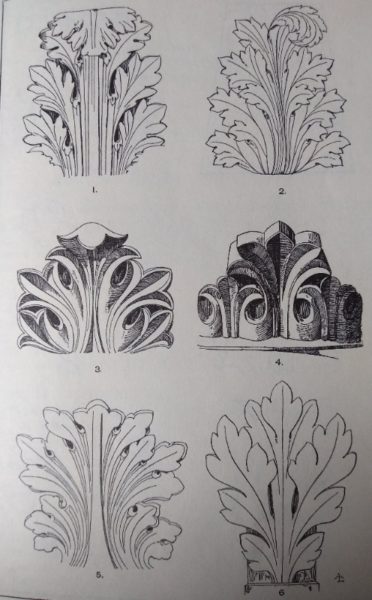
Plate 22 (Handbook of Ornament by Franz Sales Meyer 1888; Dover)
Plate 22 The Artificial Leaf
- Roman capital; 2. Leaf often found on Roman reliefs. More richly developed see, the so-called Florentine Pilaster, Uffizi, Florence. 3. Byzantine, Sta Sofia, Constantinople. 4. Romanesque, St Denis; 5. Romanesque, monastery of St Trophimus, Arles, C12th; 6.Gothic.
Throughout history most decorative styles have made use of the acanthus, tinkering with the degree of pointedness of the lobes and the strength of the central rib to suit the parent style. Greek acanthus motifs have pronounced leaf tips and multiple ribs while under the Romans, the leaf tips become rounded with a more vigorous curve and while there are fewer ribs ( see figures 7 and 8 of plate 21). Byzantine and Romanesque styles tend to be more stylised, chunky and less delicate (Plate 22, figures 3 & 4 while in general the Gothic versions became longer and more softly leafy (plate 22 figure 6). The Renaissance, which tended to look back to the antique originals couldn’t, however, resist the pull towards a tendril (Plate 23, figure 4 is going that way) until the tendril morphed into that purely artistic invention, the scroll (and its formal alter ego, Hogarth’s line of beauty). Scrolls and tendrils I admit to having a weakness for.
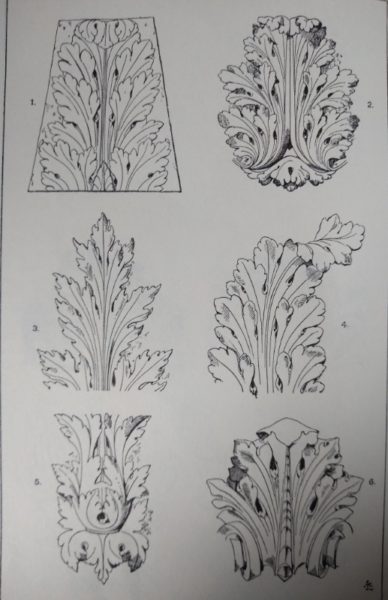
Plate 23 (Handbook of Ornament by Franz Sales Meyer 1888; Dover)
Plate 23 the Artificial Leaf
- French Renascence, St Eustache, Paris; 2. Style of Louis XVI; 3. French Renascence, church, Epernay; 4. French Renascence; 5. Late C19th; 6.Late C19th, Theatre Monte Carlo.
My blackwork acanthus leaf is based on Plate 23 figure 2, in the style of Louis XVI – which I picked before ever I found the below threes plates in Dover’s Handbook of Ornament (compiled by Franz Sales Meyer in 1888). Northwick’s acanthus cornices look to have more work-a-day sort of leaves but I can’t believe there weren’t others in a house full of all ornate picture frames, curios and objets d’art. The acanthus is a gentle start to the alphabet, there will be more challenging letters ahead.
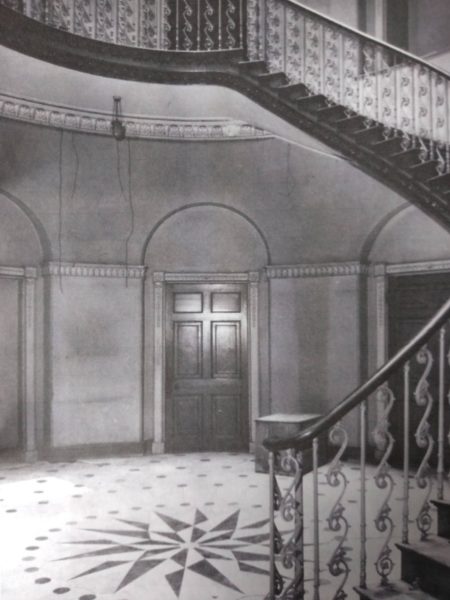
Northwick Park Gloucestershire: grand staircase before the house was renovated and split up into apartments (The Georgian Group Journal XVI)

6 Comments
I don’t think I’ve ever seen so many acanthus leaves in one place! This is going to be a beautiful, but probably rather tricky, alphabet!
Yes, tricky, Rachel but fun!
Oh, good, I always enjoy your alphabets! The fine detail in the leaves is amazing!
ceci
How inspiring to hear such enthusiasm! Thanks ceci, hope you won’t be disappointed.
Keep An Eye On This: How UK Onlyfans Pornstars Is Taking Over The World And How To Respond Kayleigh Wanless pornstar
Three Greatest Moments In Porn Star History top pornstars kayleigh wanless